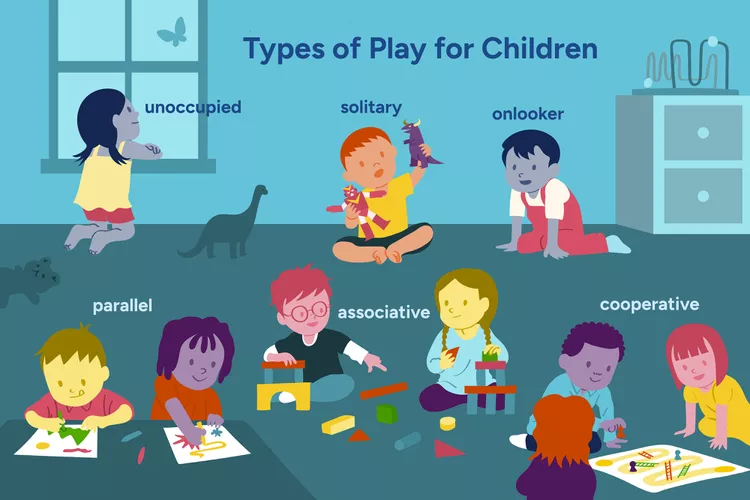Question #1
Object permanence is a milestone of cognitive development that typically is fully functional in infants by what age?
You answered
Correct Answer: B
What is Object Permanence? Object Permanence is the understanding that whether something can be seen or sensed, it still continues to exist in the mind and in the world. Between the ages of 18-24 months most infants will have a fully functional sense of object permanence. Swiss psychologist Jean Piaget, studied object permanence in infants and determined it to be one of the most important accomplishments in infant development.


